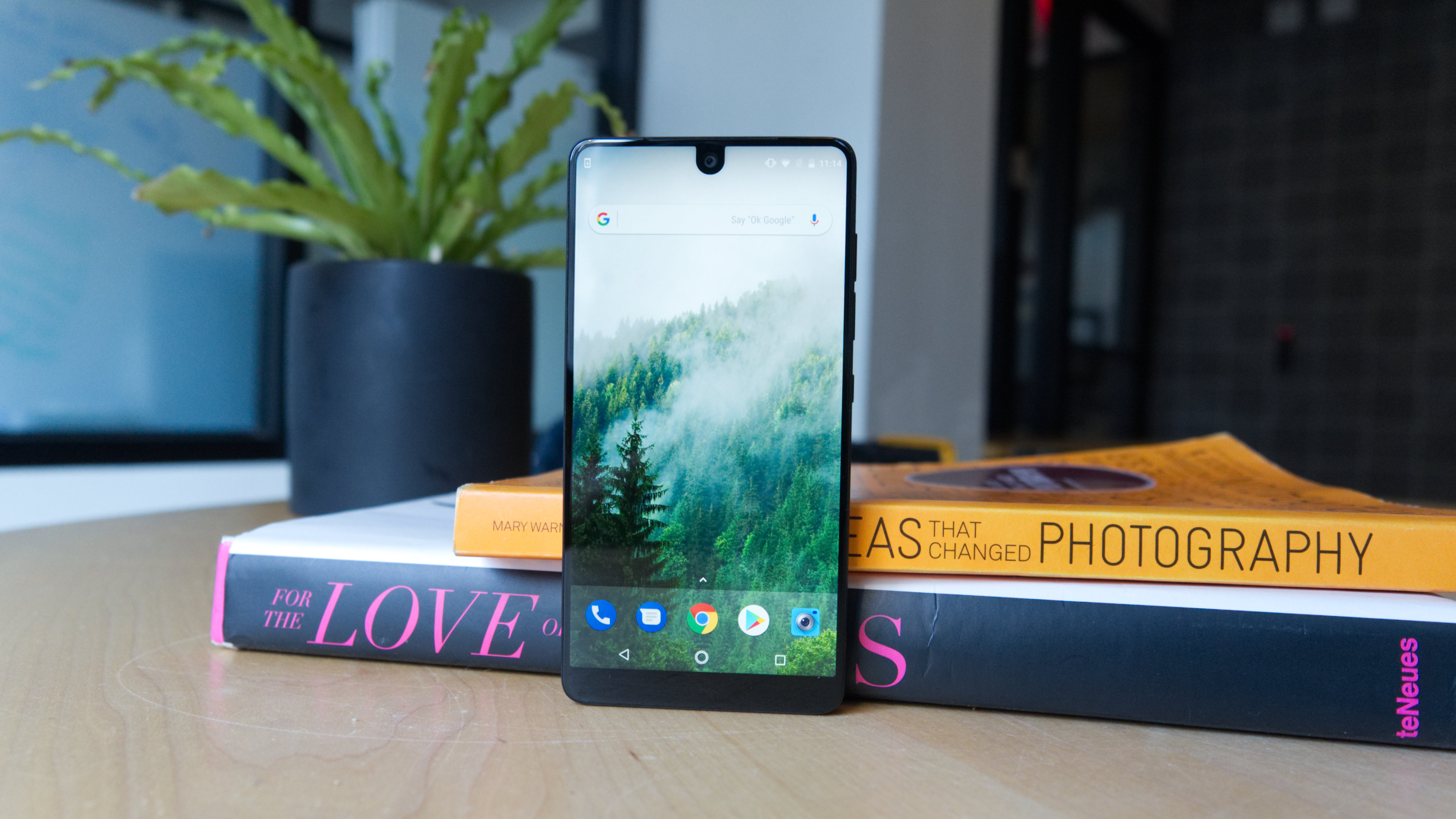Why you can trust TechRadar
Interface and reliability
- Stock Android Oreo is perfect for purists
Whether you’re coming from a previous Android phone or perhaps an iPhone, the learning curve for the Essential Phone is essentially non-existent.
The PH-1 launched with a stock version of Android Nougat 7.1.1, but has since been updated to Android Oreo.
Stock software puts the new company in favorable position for those who enjoy an experience free of bloatware and user interface tweaks. All of that time saved by not having to remove pre-installed apps lets you quickly build up your app arsenal and even load a custom launcher if you please.

Given the Essential Phone’s roots in stock Android, all of its tricks are at your disposal the moment it comes out of the box. Two simultaneous presses of the power button boots into the camera, holding the on-screen home button cues up Google Assistant, and lastly, the phone comes loaded with only the (pardon me) essential apps. Seriously, it comes with just a few handfuls of Google-made apps and that’s it.
Movies, music and gaming
- Full Display doesn't impact multimedia, for better or worse
- 128GB of onboard storage is a good step forward, but lacks microSD support
- The omission of a 3.5mm headphone port is always disappointing
When it comes to smartphones, more of something is usually better. That is, unless it’s bezels, but that’s uniquely not much of an issue for the Essential Phone.
Compared to most smartphones its size, the PH-1 packs in more screen and not just that, it hugs the top edge of the screen in such a way that it will either enhance or hurt the immersive experience of games and movies. And the bit of good news and bad news is that it does neither. While most of the apps built into the phone make use of the extended aspect ratio, almost all of the apps we tried from the Google Play Store cut off the top sliver of screen, making the experience fairly traditional looking.
Unlike the LG G6, LG V30, Samsung Galaxy Note 8, Samsung Galaxy S8 and more, the Essential Phone contains no options to zoom into an app to make it scale to its aspect ratio. It’s likely this could be fixed in the future, but not without risk of chopping out vital information for many apps. This means that, for now, movies and games will look as they do on traditional displays.
Of course, if you want to listen to what you’re viewing or listening to, you’ll need to connect the USB-C to 3.5mm adaptor, as Essential has lopped off the legacy port that many still consider to be essential, no pun intended. Take this how you will, but in our experience, connecting a dongle is always more of a pain than it is an inspiring sign of forward progress from a technical perspective.
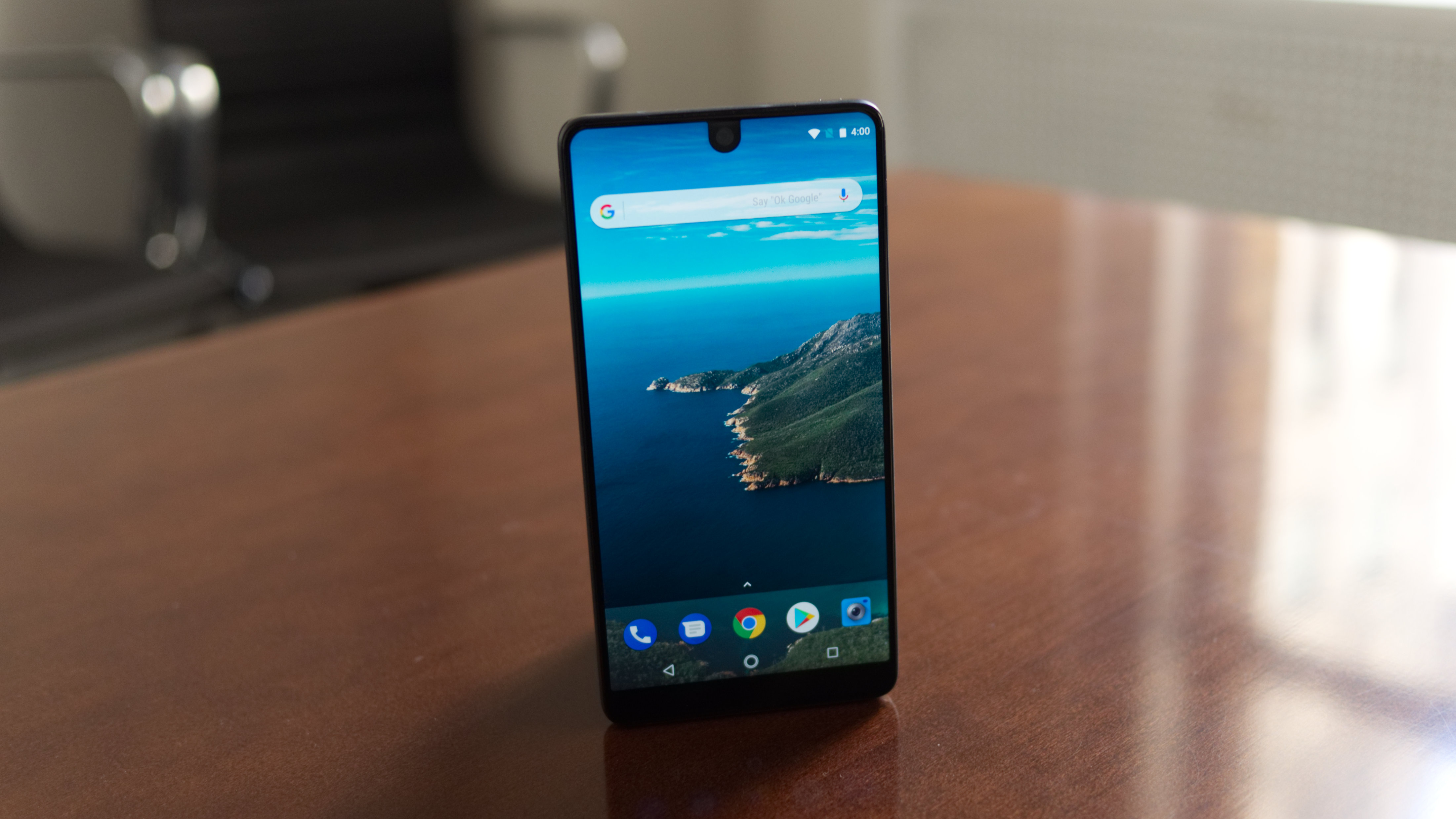
Performance, specs and benchmarks
- A lot of power in a small form factor
- Doesn't run Google Daydream VR
- Not the best value in terms of performance
Something that we can all agree on is that solid performance is an essential component of a good smartphone. Thankfully, the PH-1 has it in spades. Equipped with the Snapdragon 835 and 4GB of RAM, this smartphone is poised to tackle the apps of today and tomorrow in stride.
During our time with the Essential Phone, it was fully able to stand up to the rigors of our usual workload. That is, a mix of gaming during the commute, music listening, e-mail checking and the odd camera opportunity. Despite its small size, we’re pleased that the PH-1 puts up performance that we’re accustomed to only seeing with bigger phones.
That said, what it won’t be able to handle is Google Daydream since the phone doesn’t come with the requisite OLED screen technology and while it almost meets the 2K mark, it falls just short at 2,560 x 1,312.
In terms of benchmark scores, the phone puts up numbers nearly as good in Geekbench 4 as we’ve seen in the Samsung Galaxy Note 8 and other phones with the Snapdragon 835 processor. Sure, the PH-1 doesn’t have 6GB of RAM that some of the others do, but that doesn’t seem to stand it in its way during benchmarks or during normal use, for that matter.
Accessories

This accessory port is one of the most captivating tricks of the Essential Phone that gives it a big advantage over the competition, but it hasn’t taken flight yet. As mentioned earlier, we’ve only just now received a 360-degree camera unit to test out, so we can only assume that those who pre-ordered the phone are just now trying it out, too.
In our experience, the camera performs as advertised and couldn’t be more simple to attach. Once snapped on, it can record in 2K or 4K resolution. The PH-1 powers the accessory, while the data streams over a Wi-Fi connection created between the two devices. At times, the connection feed looks fuzzy, but the recorded footage doesn’t reflect much or any aliasing.

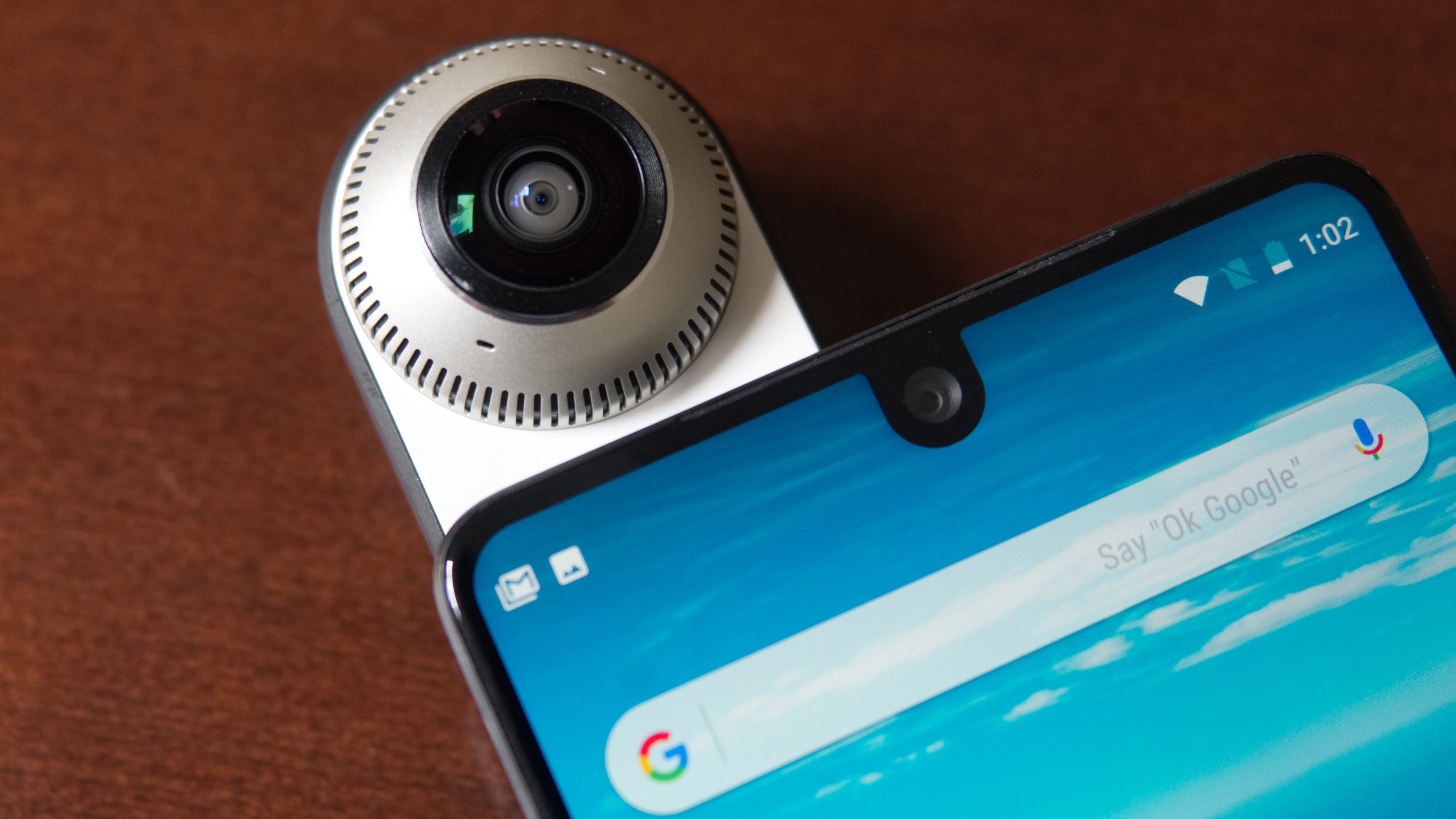
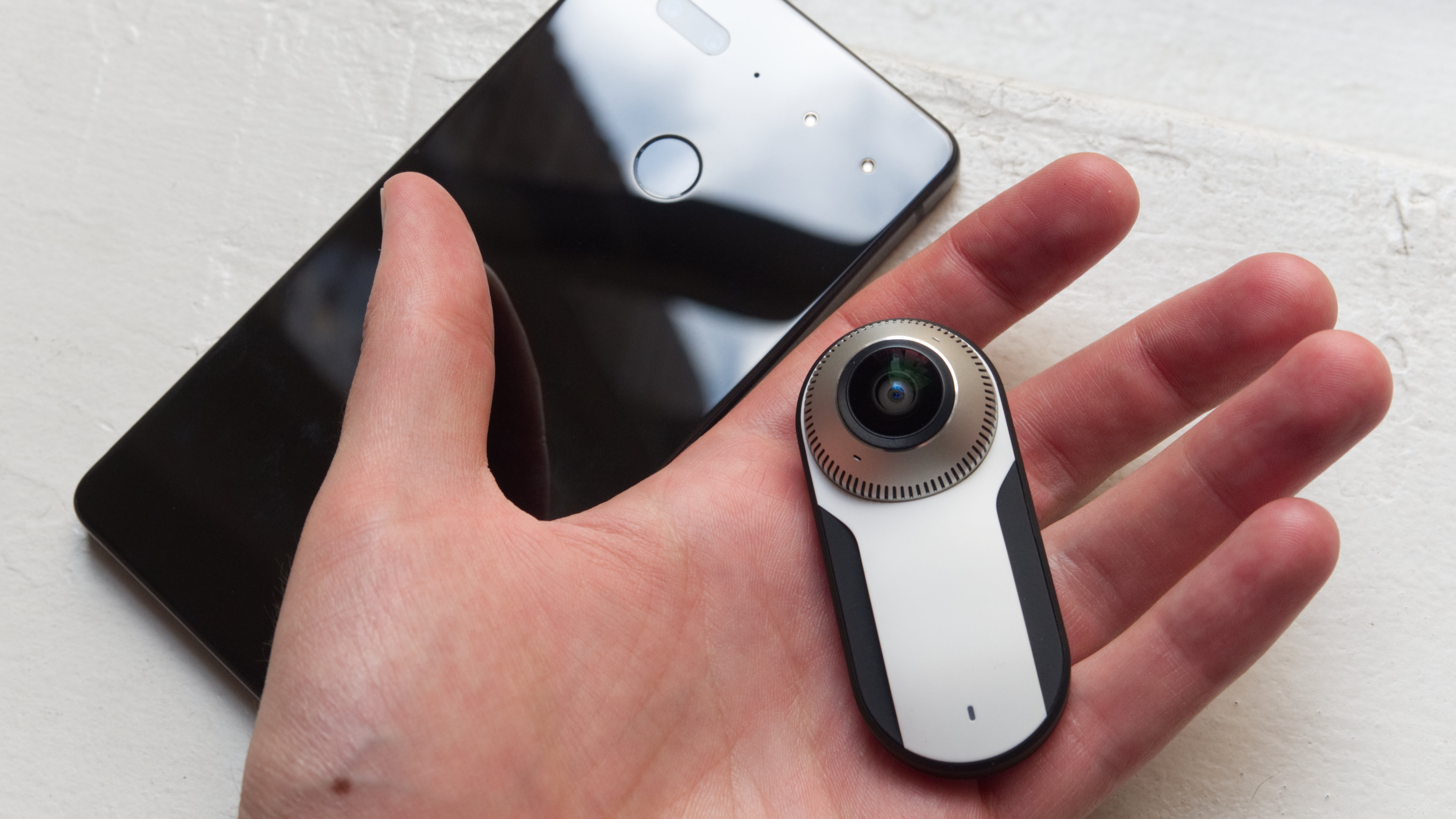
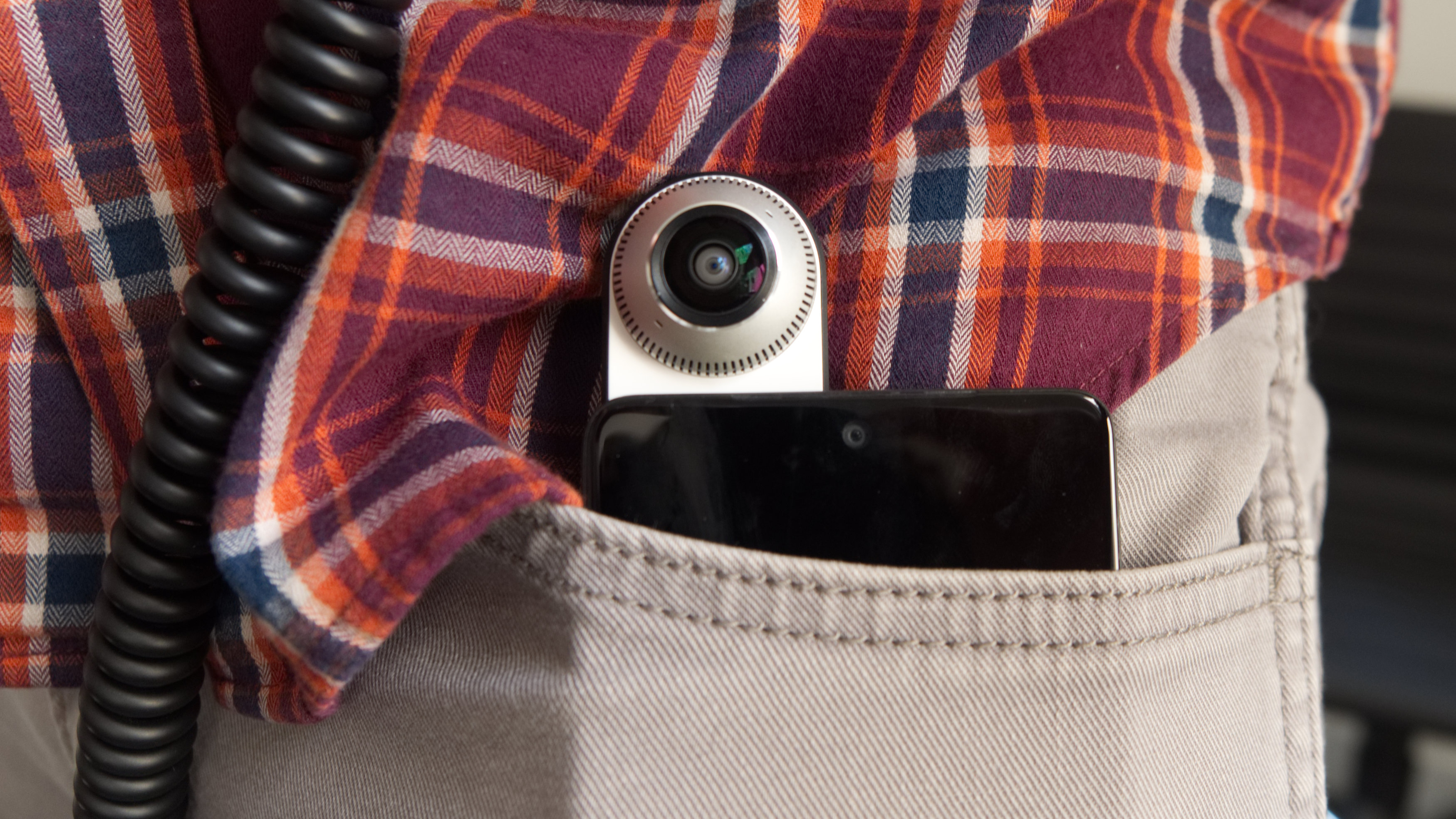
The 360 camera is currently available for $179 through Essential’s online shop, but is it worth it? If you’re dying to get some use with the accessory port, then yes. It performs admirably and so long as you mind the battery pitfall it can cause, then it’s about as cheap as 360-degree cameras get.
Given the slow rollout of its first accessory, we have reservations about the Essential Phone’s accessory port, those two holes aligned with the rear camera array. We’re told that Essential will be frequently introducing new accessories (not mods, likely in a bid to avoid comparison with Motorola’s Moto Mods), but considering the difficulty of following through with such an ambitious promise, only time will tell if Essential’s roadmap for expandable accessories stays a steady path.
Current page: What's it like to use?
Prev Page Introduction and design Next Page Battery life and cameraCameron is a writer at The Verge, focused on reviews, deals coverage, and news. He wrote for magazines and websites such as The Verge, TechRadar, Practical Photoshop, Polygon, Eater and Al Bawaba.
